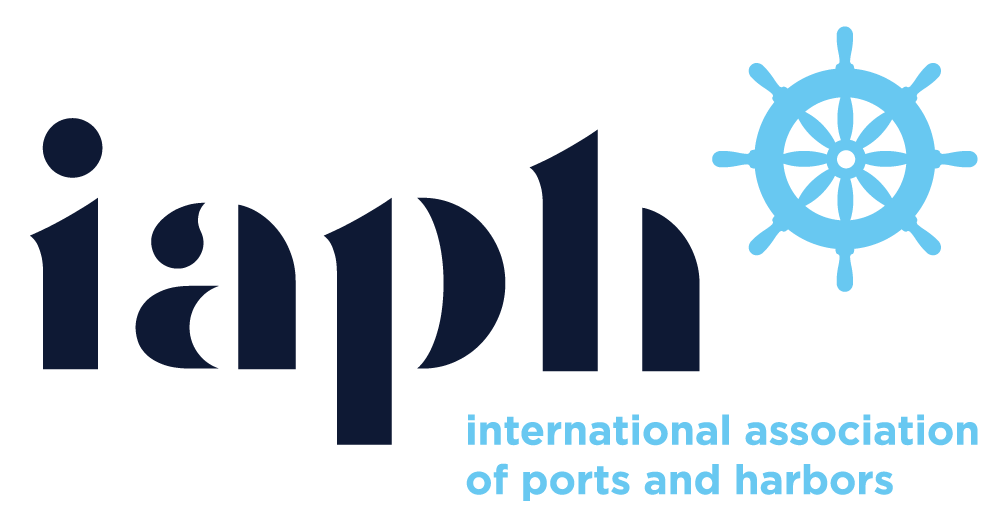Part of
The ESI Initiative commenced on 1 January 2011 and from then onwards, its database under the administration of IAPH has grown exponentially in both number of ships and incentive providers ever since.
*Numbers as of 1st of October 2024
Participating Incentive Providers
Recently added Incentive Providers
Founded by IAPH in March 2018 and guided by the 17 UN Sustainable Development Goals, the World Ports Sustainability Program aims to enhance and coordinate future sustainability efforts of ports worldwide and foster international cooperation with partners in the supply chain. Ports influence the sustainability of supply chains and are actively seeking the cooperation of shipowners in support of measures to reduce air emissions from ships. One of the projects within WPSP is the Environmental Ship Index (ESI).
What is the Environmental Ship Index (ESI)?
The Environmental Ship Index (ESI) identifies seagoing ships that perform better in reducing air emissions than required by the current emission standards of the International Maritime Organization, the Environmental Ship Index. The ESI evaluates the amount of nitrogen oxide (NOX), sulphur oxide (SOX) that is released by a ship and includes a reporting scheme on the greenhouse gas emission of the ship. The ESI is a good indication of the environmental performance of ocean-going vessels and will assist in identifying cleaner ships in a general way. All stakeholders in maritime transport can use the ESI as a means to improve their environmental performance and as an instrument to reach their sustainability goals. With over 8,000 (please check figure) registered vessels, ESI has become the standard tool used by the world’s ports to reward and incentivise shipowners meeting and exceeding IMO emissions standards.


